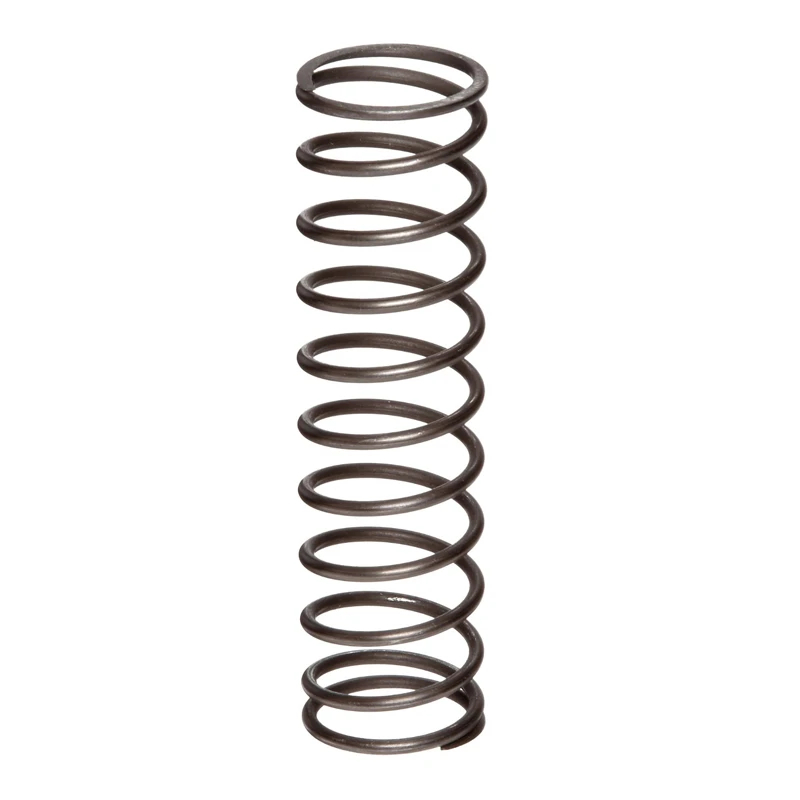
- Mobile Phone
- +8613931874955
- sales@cntcmetal.com
Temporary Solutions for Cattle Fencing in Livestock Management
Temporary Cattle Fencing An Essential Tool for Farmers
In the world of agriculture, the success of livestock management hinges on the effective control and movement of animals. One of the most crucial elements in this process is the fencing used to secure cattle. While traditional fencing systems have long been the standard, temporary cattle fencing has gained popularity in recent years due to its versatility, affordability, and ease of use. This article explores the benefits of temporary cattle fencing and how it serves as an essential tool for farmers.
What is Temporary Cattle Fencing?
Temporary cattle fencing typically consists of portable materials that allow farmers and ranchers to create flexible enclosures or grazing areas for their cattle. Unlike permanent fencing, which is generally constructed from wood, wire, or steel, temporary fencing can be made from various types of materials including portable electric fencing, plastic fencing, or lightweight metal panels. These systems are designed to be easy to set up, take down, and relocate as needed.
Benefits of Temporary Fencing
1. Flexibility and Adaptability One of the most significant advantages of temporary cattle fencing is its flexibility. Farmers often need to adjust their grazing patterns based on seasonal changes, pasture availability, or specific feeding requirements. With temporary fencing, they can quickly and easily create new pastures or adjust existing ones without the labor and expense associated with installing permanent fencing.
2. Cost-Effectiveness Building and maintaining permanent fencing can be a costly endeavor. Temporary fencing provides an affordable solution for farmers who may not have the budget for extensive infrastructure. Furthermore, the low maintenance requirements of temporary fencing mean that additional savings can be realized over time.
3. Quick Installation Temporary cattle fencing can typically be installed in a matter of hours, or even minutes, depending on the system used. This rapid setup is particularly useful in situations that require immediate action, such as rotating cattle between grazing areas or quickly containing animals for veterinary care. The ability to efficiently respond to changing needs helps enhance overall farm management practices.
4. Reduced Environmental Impact Temporary fencing systems can help reduce the ecological footprint associated with livestock grazing. By enabling rotational grazing practices, farmers can prevent overgrazing, promote healthy pasture regrowth, and ultimately enhance soil health. This method not only supports the cattle’s nutritional needs but also ensures sustainable land use.
temporary cattle fencing

5. Enhanced Animal Management Keeping cattle contained and properly managed is fundamental to livestock health. Temporary fencing allows farmers to easily segregate animals for breeding, health treatments, or any other required management practices. By creating smaller, controlled environments, farmers can closely monitor their animals and ensure their well-being.
Types of Temporary Fencing
Temporary cattle fencing comes in various styles, each suited to different applications. Some popular options include
- Electric Fencing This type uses a low-voltage electric current to deter cattle from crossing a defined boundary. Electric fencing is ideal for creating temporary pastures and is effective in keeping cattle contained.
- Polywire or Polytape Fencing Lightweight, easy to use, and highly portable, polywire and polytape fencing can be quickly set up and taken down. These systems are particularly useful for rotational grazing.
- Panel Fencing Made from durable materials such as steel or plastic, panel fencing is sturdy and can be quickly assembled to create enclosed areas. This option is often used for containing animals during transport or for housing them temporarily.
Conclusion
In conclusion, temporary cattle fencing is an invaluable tool for modern farmers and ranchers. Its flexibility, cost-effectiveness, and ease of installation make it an attractive alternative to permanent fencing solutions. As agricultural practices continue to evolve, embracing innovative methods such as temporary fencing can lead to healthier livestock, improved farm management, and a more sustainable future for agriculture. By investing in temporary fencing systems, farmers can not only enhance their animal husbandry practices but also contribute to the ecological health of their land.
share:
-
Yard Sign Stakes: Reliable Guardians of Outdoor SignsNewsAug.04,2025
-
Wall Ties: Invisible Guardians of Building StabilityNewsAug.04,2025
-
Resilient Web: The Super Guardian Power of Concrete MeshNewsAug.04,2025
-
Masonry Accessories: A versatile assistant on building foundationsNewsAug.04,2025
-
Iron Binding Wire: the 'invisible reinforcement specialist' in the fields of architecture and industryNewsAug.04,2025
-
Dynamic Spring: The diverse functions and excellent performance of Wire Tension SpringNewsAug.04,2025
-
Your Source for Concrete Wall Ties and Masonry AccessoriesNewsJul.10,2025



















